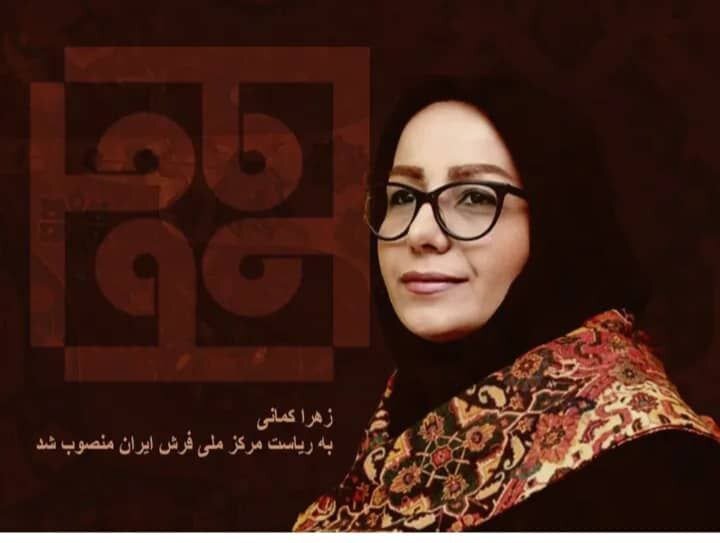Strategic management to overcome challenges of Iranian handwoven carpet market

Iranian handwoven carpets are not merely commercial commodities; they are symbols of cultural identity, rich history, and authentic Iranian artistry.
This valuable product, which has been admired in global markets for centuries, is now facing serious challenges. Rising production costs, weaknesses in global marketing, changing consumer preferences, and economic sanctions have led to a decline in Iran’s share of this market.
At the same time, both historical competitors and new entrants have gained a significant share of the global carpet market by utilizing low-cost production techniques, digital marketing, and even imitating Iranian designs. Many of these countries offer carpets with an Iranian appearance but at lower costs and in mass production, making competition difficult for domestic producers.
Despite these challenges, Iran still possesses unrivaled advantages, including the high skill of its weavers, original designs, exceptional quality, and a rich cultural heritage that distinguishes Iranian carpets. To reclaim market share and strengthen the position of Iranian carpets internationally, a comprehensive strategic management approach is essential. In this regard, reducing production costs, developing branding, improving global marketing, innovating in design, and utilizing modern technologies can play a decisive role in revitalizing this industry.
Despite domestic and international challenges, Iranian handwoven carpets still hold great potential for a strong return to global markets. However, this will only be achieved if existing weaknesses are addressed and new opportunities are created through a scientific and strategic approach.
Lowering production costs, making the best use of modern technologies, improving the supply chain, and providing government incentives can enhance the competitiveness of producers. Additionally, developing the national carpet brand, maintaining an active presence in online markets, targeting luxury markets, and creating innovative products will attract global customers back to the authenticity and quality of Iranian carpets.
Moreover, educating traders and producers [about the strategic stance of handwoven Iranian carpets], participating in international exhibitions, and collaborating with domestic and foreign designers can facilitate the global reintroduction of Iranian carpets.
Ultimately, if these measures are implemented in a coordinated and continuous manner, Iran can regain its lost position in the carpet industry, capture a greater share of the global market, and preserve and strengthen this valuable cultural heritage for future generations.
AM
Leave a Comment